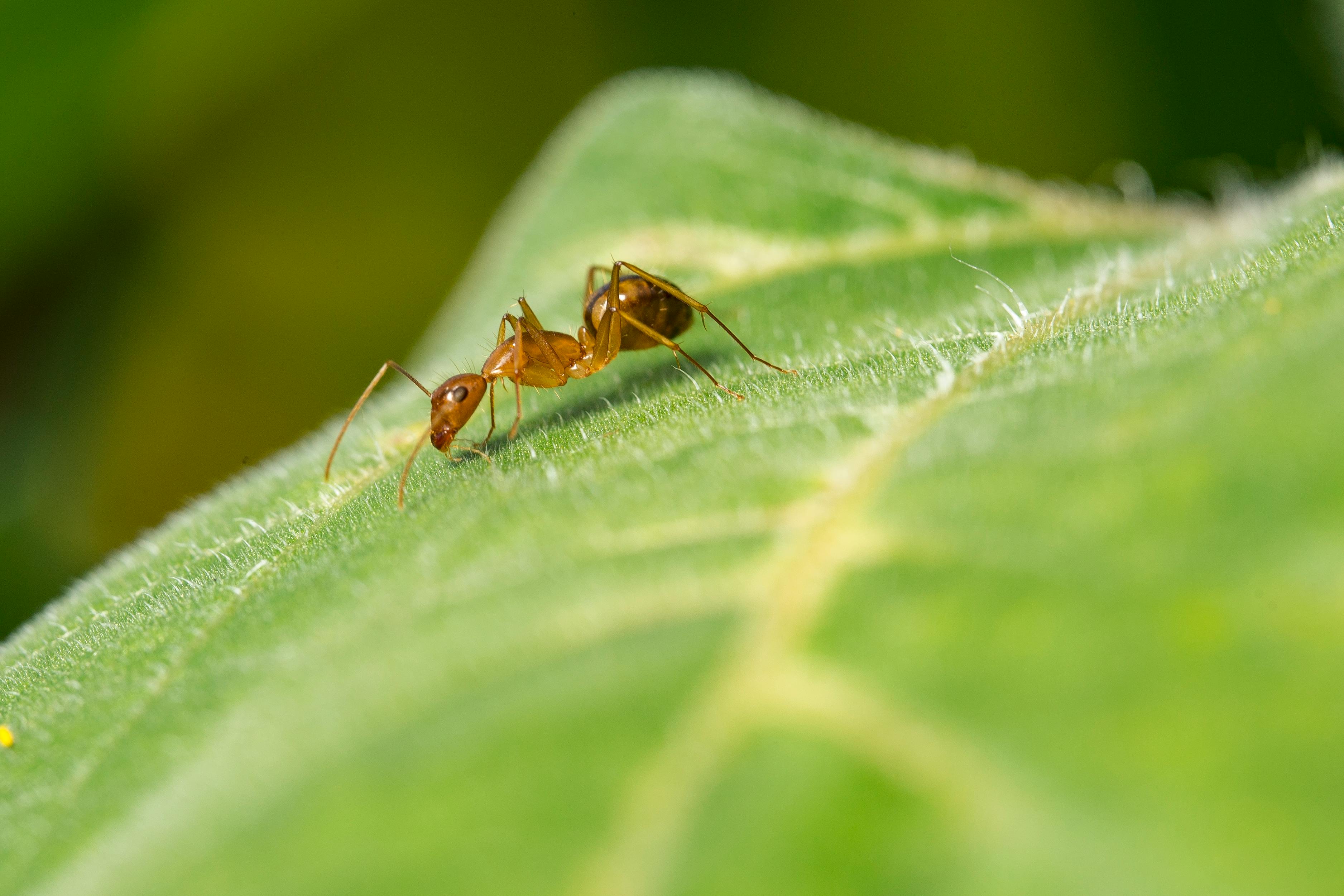The Intriguing World of Ant Farms: An Unconventional Pet Phenomenon
Introduction: Ever thought of owning an ant farm? This unconventional pet trend offers a fascinating peek into the world of ants. Read on to discover the historical context, current developments, and the economic impact of this unique pet industry. The concept of ant farms, also known as formicariums, dates back to the early 20th century. Invented by Frank Austin, a pioneer in educational toys, the first ant farm was introduced in 1929. He was inspired by an ant colony's intricate tunneling system and wanted to create a way for children to observe these industrious creatures in action. Austin's invention revolutionized the pet industry, opening up a new world of 'micro-pets' and paving the way for similar products in the market.

The Modern Ant Farm: More Than Just a Toy
Today’s ant farms have evolved considerably from Austin’s rudimentary design. Advanced models are not only larger and more sophisticated but also incorporate features like LED lighting, humidity control, and viewing chambers that mimic a natural ant habitat. These farms are no longer just children’s toys; they are educational tools used in classrooms and intriguing hobbies for adults fascinated by the complex social structure of ant colonies.
The Impact of Ant Farms on the Pet Market
The ant farm industry, while niche, holds a significant place in the pet market. An average ant farm kit costs between $20 and $100, depending on its complexity. This affordability, coupled with low maintenance requirements, positions ant farms as an attractive alternative to traditional pets. While precise market figures are elusive, the steady demand for ant farms and related products like live ants and habitat enhancements indicates a positive economic impact.
The Role of Research in the Ant Farm Industry
Research forms a crucial part of the ant farm industry, with scientists constantly innovating to improve ant habitats and understand the species better. For instance, research led to the discovery that ants prefer digging in a specific type of gel, leading to the development of gel-based ant farms.
The Future of Ant Farms: Sustainability and Education
The future of the ant farm industry lies in its potential to educate and promote sustainability. Ants play a crucial role in the ecosystem, aiding in soil aeration and decomposition of organic material. Owning an ant farm can teach these ecological principles in a tangible way, fostering a greater appreciation for our environment.
In conclusion, ant farms offer an intriguing insight into the world of ants, providing an educational and entertaining pet experience. As this trend continues to evolve, it’s clear that these tiny creatures have made a big impact, reshaping our understanding of pets and their place in our homes and hearts.



